Geology Reference
In-Depth Information
Calibration equipment: thermometer, accurate to 1°F (0.5°C); glass
plate,
1
⁄
4
in. (6 mm) or thicker; grease
(1) Verify the procedure to be used and the accuracy of the volume
indicator by using the apparatus to measure containers or molds of
known volume that dimensionally simulate test holes that will
be used in the field (Note 1). The apparatus and procedures shall be
such that these containers will be measured to within 1% of the
actual volumes (Note 1). Containers of different volumes shall
be used so that the calibration of the volume indicator covers the
range of anticipated test volumes.
CALIBRATION
OF APPARATUS [1]
Note 1
—The 4- and 6-in. (102- and 152-mm) molds described
in ASTM Test Methods D 698 and Test Methods D 1557 or any
other molds prepared to simulate actual test hole diameters
and volumes may be used. When several sets of balloon appa-
ratus are used, or long-term use is anticipated, it may be
desirable to cast duplicates of actual test holes. This can be
accomplished by forming plaster of paris negatives in actual
test holes over a range of volumes, and using these as forms for
portland cement concrete castings. They should be cast
against a flat plane surface and, after the removal of the
negative, sealed water-tight.
(2)
Volume Determination
—Determine the mass of water, in grams,
required to fill the containers or hole molds. Using a glass plate and
a thin film of grease, if needed for sealing, determine the mass of
the container or mold and glass plate to the nearest gram. Fill the
container or mold with water, carefully sliding the glass plate over
the opening in such a manner as to ensure that no air bubbles are
entrapped and that the mold is filled completely with water. Remove
excess water and determine the mass of the glass plate, water, and
mold or container to the nearest gram. Determine the temperature
of the water. Calculate the volume of the mold or container. Repeat
this procedure for each container or mold until three consecutive
volumes having a maximum variation of 0.0001 ft
3
(2.8
10
6
m
3
)
are obtained. Record the average of the three trials as the mold or
container volume,
V
t
. Repeat the procedure for each of the containers
or molds to be used.
(3)
Calibration Check Tests
—Place the rubber balloon apparatus and
base plate on a smooth horizontal surface. Applying an operating
pressure, take an initial reading on the volume indicator (Note 2).
Transfer the apparatus to one of the previously calibrated molds
or containers with a horizontally leveled bearing surface. Apply
the operating pressure as necessary until there is no change indi-
cated on the volume indicator. Depending on the type of appara-
tus, the operating pressure may be as high as 5 psi (34.5 kPa), and










































Search WWH ::

Custom Search